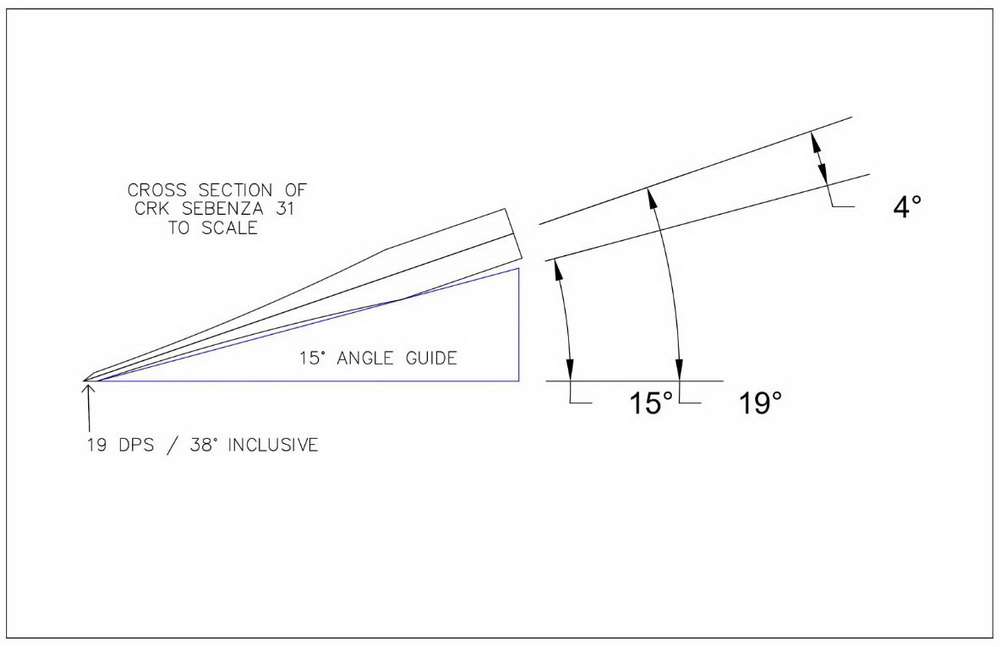Also, the micro-bevel and marker approach are interesting, had not thought of that with this kit. I think we both prefer durable edges for a variety of tasks for these folders and so might stay with the wider angle?
Without hijacking the thread with practical sharpening, my view is also that these are different class knives and they require little bit better understanding how to take care of it.
With the time, solely depending on what I do with my working or "collectable" knives, I'm convinced in few general "rules" if you want.
* Geometry cuts. But in order to get to the useful for a
work knife angle on specific model you need to know and test few details:
* Type of steel, carbon, SS, powder or whatever the steel is. It'll give you idea what type of stones or diamonds to use. When you test this on particular blade, youll know if water or oil stone works better,
or diamonds, what system to use or to go free hand on a appropriate stone...
* Hardness of the steel you're sharpening and thickness behind the bevel... It'll give you general idea about the angle of the bevel/edge. Some steels are brittle at certain angles, some are not.
I usually test different angles for particular thickness behind the bevel, on particular steels. My CPM154 usually have different angles than my K390 or ZDP blades, but they also have different
thickness behind the blade, so the angles should be within different tolerances per particular steel and heat treatment (hardness)...
Same goes for the high end or mid-tech folders we are talking about here, even those knifes will not see abuse as my Golden Eye, Rat1, GB1, Voyagers and so on...
This place is my primary source of information because it comes from experienced people, not influencers, you can see well done pictures,
explanations and sources to read and educate yourself more on almost any subject you'll ask for.

